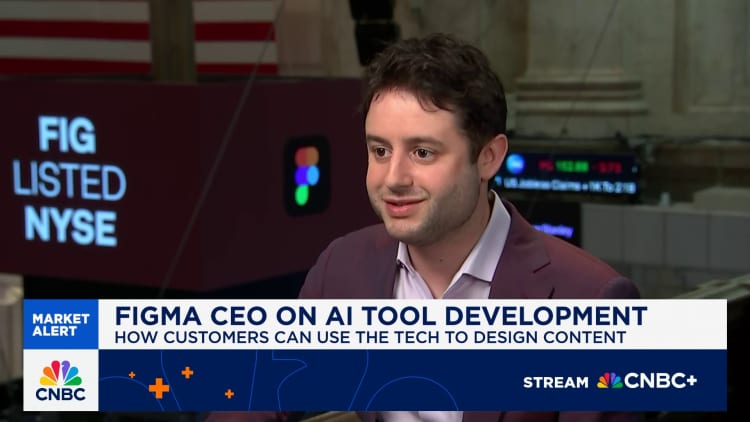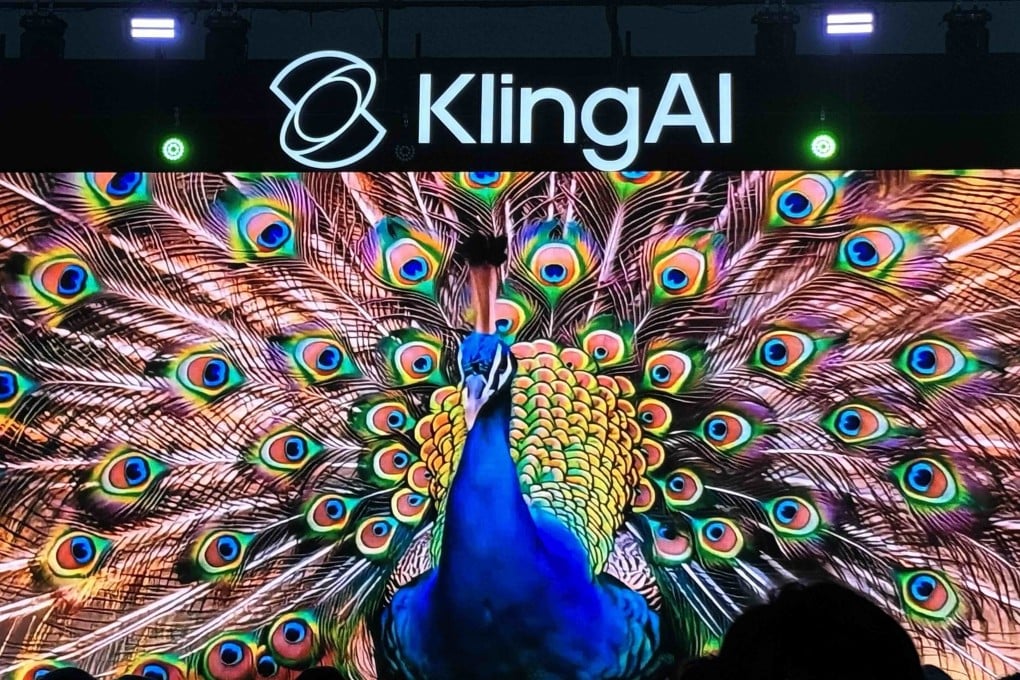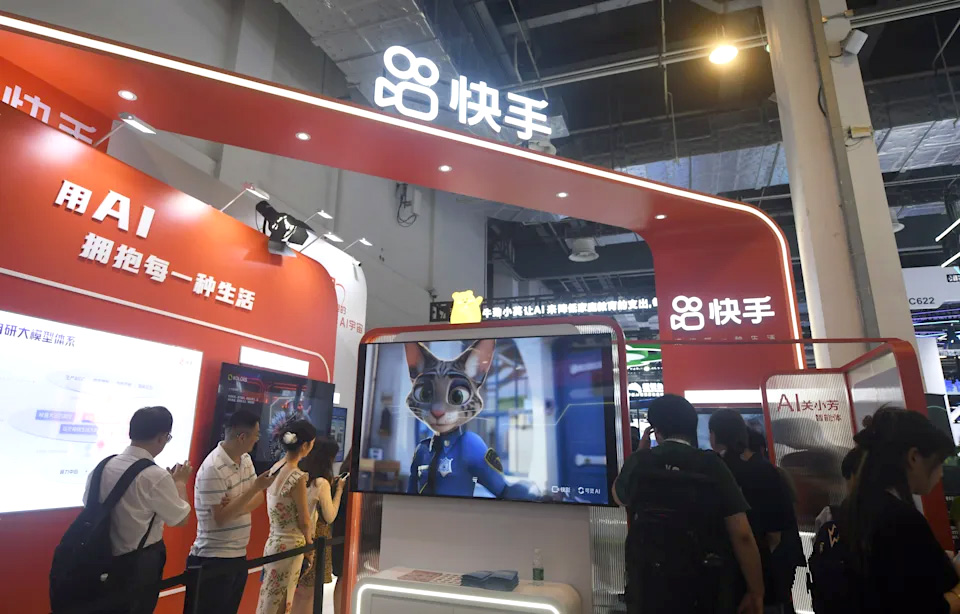AI Video Generation: Top Models from Kling, Kuaishou & More
AI Video Generation Models in China
Chinese companies are rapidly advancing in the realm of artificial intelligence (AI) for video generation, leveraging extensive data from their video-heavy entertainment ecosystems. This competition is marked by the emergence of several powerful tools, such as Kling AI from Kuaishou Technology.

Image courtesy of CNBC
Kling AI
Kuaishou's Kling AI platform is designed to generate videos from text and images, and it has garnered significant user engagement. As of 2025, it boasts over 22 million global users who have created more than 168 million video clips and 344 million images. Kling AI has undergone multiple iterations, including the latest version, Kling 2.1, which enhances video quality by adding relevant sound effects automatically. The platform is positioned as a cost-effective solution for various sectors including marketing, film, and animation. Kuaishou reported a revenue of over 150 million yuan ($20.83 million) in the first quarter of 2025, driven by daily advertising spending on generative AI tools reaching 30 million yuan.
For more insights on Kuaishou's developments, see here: Kuaishou's Kling AI.
Competition and Market Dynamics
Kling AI competes directly with other prominent models such as OpenAI's Sora and Google's Veo 3. Despite the intense competition, analysts like Wei Xiong from UBS Securities believe that AI video generation holds the potential to reshape the content industry by improving production efficiency and opening new monetization avenues. This sentiment is echoed by Kuaishou's senior vice-president Gai Kun, who emphasized the model's ability to generate high-quality videos that mimic real-world scenarios.

Image courtesy of South China Morning Post
Technical Specifications and Capabilities
Kling AI offers features such as text-to-video and image-to-video creation, allowing users to generate clips with detailed control over motion and aesthetics. Users can create videos up to 2 minutes in length at 1080p and 30 FPS, with smart camera angles for a cinematic feel. The platform also supports multi-element editing, enabling users to manage multiple characters or objects in a scene.
For further comparisons of AI video generation tools, check out this resource: Top AI Video Generation Models Compared.
Challenges and Future Directions
Despite the advancements, there are constraints regarding clip length, motion consistency, and overall controllability. Analysts have noted that while the potential market for AI video generation is sizeable, these limitations need to be addressed for broader adoption. Moreover, competition from U.S. tech giants like Amazon and Google adds pressure to improve capabilities rapidly.
Kuaishou's ongoing commitment to innovation suggests that the company is strategically positioned to lead the generative AI revolution in visual digital entertainment, as noted by experts in the field.
Broader Implications of AI in Video Production
Beyond video generation, AI technology is also influencing sectors like animation, advertising, and gaming. Companies like Alibaba and Tencent are also pushing the boundaries of what AI can achieve in these areas. Tencent's Hunyuan World model, for example, focuses on creating digital images for game development, indicating a trend where AI is becoming integral to creative workflows.

Image courtesy of China Daily
Conclusion
The AI video generation landscape is rapidly evolving, driven by innovation from Chinese tech firms. As these companies continue to refine their models and expand their applications, they are well-positioned to transform the way content is created, marketed, and consumed.
For small business owners, marketers, and content creators looking to leverage AI for their needs, LogicBalls offers a range of AI writing assistants and tools designed to enhance your content creation process. Explore our services at LogicBalls and see how we can support your creative endeavors. Visit us at LogicBalls.

